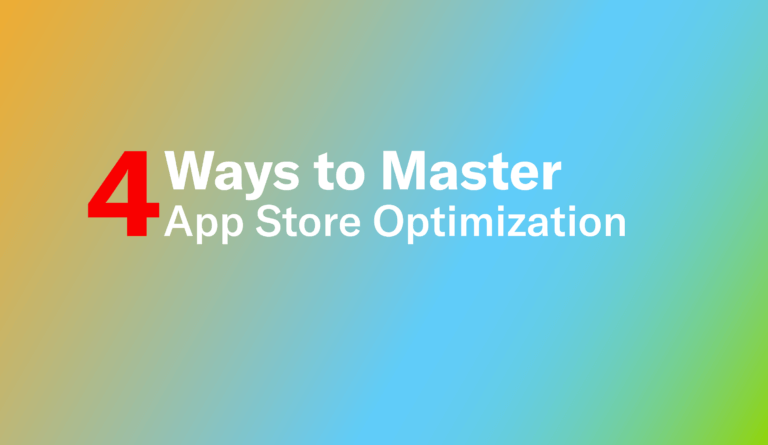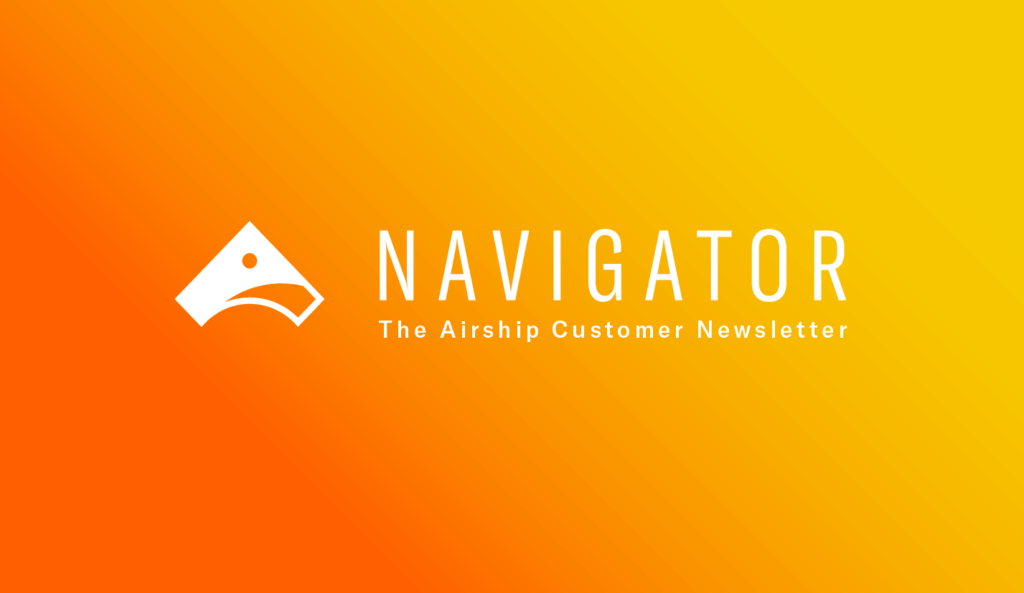
Are You Maximizing Your Downloads With ASO?

Dave Bell GM of Gummicube, Gummicube

Share to my network
In this article
Categories
Book a meeting
Connect with our team of experts to discuss your conversion and loyalty goals, and how we can help you achieve them faster.
Get a demoEvery download happens on your app store listing and there is simply no way around it. Store experiences that aren’t optimized increase the cost of every download and decrease the value of your owned and earned traffic. App Store Optimization (ASO) is the solution to grow your market share inside the App Store and Google Play and improve conversion rates, which decreases the cost of every install.
It Costs Far More to Ignore ASO Than to Embrace It
The cost of ignoring ASO is much greater than the opportunity cost of running a successful App Store Optimization program. Business of Apps recently reported that in North America the average cost per install for a mobile app across all marketing channels was between $2.50-$5.00 with EMEA and APAC not far behind.
Here is the math for brands: if you acquire 1 million installs over the course of a year and conversion performs 10% lower than peers, it is possible that more than $500,000 was wasted in inefficient ad spend.
This number is eye popping and does not include the lost opportunity from better rankings (and market share) in the App Store and Google Play, which result in more downloads organically. It also doesn’t include how much better your owned and cross-platform traffic may have performed. It is time to stop thinking of the mobile application stores as vending machines, and start thinking of them as a distribution channel. ASO impacts everything.
Getting the ASO Foundation Right
Now that I’ve caught your attention, let’s talk about how to start getting optimized. There are a few important elements to ASO, and these evolve over time along with the App Store and Google Play. The first key element is having a platform that is designed for App Store Optimization — one with store data that can help track and measure progress, as well as plan out next steps. App Store Optimization is not “SEO for apps” and typical SEO tools are not sufficient for the ASO process.
- SEO tools are designed for web optimization, not App Store Optimization
- Web and mobile user behavior differs significantly
- The methodology of optimizing for mobile application stores doesn’t overlap with SEO
- ASO is more than keywords — creative assets play a huge role in conversion rates
The app stores are a meritocracy where users vote with their clicks. Apple and Google reward apps with better rankings when they are tapped on and downloaded more frequently. The stores are also dynamic, recalculating rankings (and potentially creating new winners and losers) every 24 hours. Apple and Google each have their own user experience, meaning what works in one store may not work in the other. For exactly the same reasons it is important for retailers to merchandise their store displays, brands must update and test new copy and creatives on each store to maximize performance.
When looking at your store listings, ask yourself the following questions:
- When was the copy on your store listing last updated and were keywords optimized?
- When was creative on your store listing last updated?
- Does your organization have a clearly defined A/B testing roadmap for creative assets?
- How is the performance of the store listing being measured?
In an ideal world, it is important to update store listing metadata (the titles, subtitles, descriptions, keywords) once every 30 days. Creative should have a continuous testing schedule, with a minimum of one A/B test monthly. Store visuals should also take into account seasonality and any tentpole cross-channel promotions that occur across an organization.
Advanced ASO is Becoming “Table Stakes”
Apple and Google are rapidly improving their platforms, introducing new features and functionality that impact app promotion strategies. Perhaps most important to highlight among these features are Apple’s Custom Product Pages (CPP) and Google’s Custom Store Listings (CSL). What CPPs and CSLs do is give brands the ability to have multiple landing pages inside both of the app stores.
The use cases for CPP and CSL are numerous. Retailers can now feature products specific to each product category or season on a dedicated listing where traffic can be directed from owned channels. News and entertainment organizations no longer have to choose between one type of content or another in their screenshots, instead customizing a CSL to focus on each genre. Health and fitness apps can customize their funnel by gender and skill level.
The impact here from a conversion standpoint is obvious. Those who leverage CPPs and CSLs to optimize their store experience as part of App Store Optimization will be at a tremendous advantage. The cost of an app install campaign is directly related to the traffic received versus the download conversion rates.
In the case of Google, Custom Store Listings can also be tagged with keywords so that when users search those terms your customized pages are presented to them. This means that using CSLs in Google Play could immediately give apps an advantage in organic search ranking due to potentially higher conversion rates.
Optimize Events to Unlock Even More Distribution
Also notable among the new features offered by the stores are events. Apple calls their version of this feature an In App Event whereas Google calls it Promotional Content. What this feature means for brands is that the App Store and Google Play are now also a place to promote updates and new features to existing users as they browse the stores. That makes events a critical part of any engagement strategy after the download — but engagement is just part of the story.
Apple and Google index event titles and copy, giving brands a new way to rank for more keywords and broaden their reach inside each store if structured correctly. In the App Store an event title can even become a search suggestion, populating as people begin to enter text into the search field, driving mass awareness. Both stores merchandise events throughout their listings and reward brands with more browse-and-explore impressions for their extra efforts.
The average user has more than 80 apps on their phone — power users have even more. This means once your app has been installed, users have to wade through a minimum of 6-8 screens of swiping to find it depending on their device and platform. Many users leverage spotlight search or just go to the store to find what they are looking for all over again. This means even after the initial download a user hasn’t been fully “won” — they are constantly getting exposed to competition. Events give reasons to open your app again even when they are browsing the store for something they didn’t know you had to offer.
App Store Optimization Requires Time and Experience
For better or worse, Apple and Google treat all apps equally for the most part. This means that App Store Optimization is not a choose your own adventure novel — there is a right way to execute and many wrong ways. The wrong ways, at best, can result in very little progress, and at worst, could move metrics in the wrong direction.
There’s also an element of time and experience. At the most basic level, keywords and metadata must be updated every 30 days and creative assets should also be refreshed with testing regularly. No creative should ever go live without an A/B test, as if conversion declines that negative impact will be felt in rankings and traffic from the store almost immediately. This, combined with new features like Custom Product Pages and Custom Store Listings, is usually more than one person in an organization can handle on their own.
That’s why Airship’s Gummicube division is an App Store Optimization solution — not just a tool. We pair the best SaaS technology and data for ASO together with a team of experts who will help you execute every step of the way. From research to copywriting to creative development and measurement, you’ll be covered.
Curious how your app is performing and how App Store Optimization can help? Contact us today to schedule a live app audit with one of Gummicube’s experts, or join us on August 13th for our ASO webinar by registering here.
Navigator is Airship’s customer newsletter covering the latest mobile industry trends, product updates, use cases, best practices and other learning resources. It’s yet another way for Airship helps you deliver better mobile experiences and capture greater value more quickly. If you’d like to receive our monthly Navigator newsletter please sign up here.